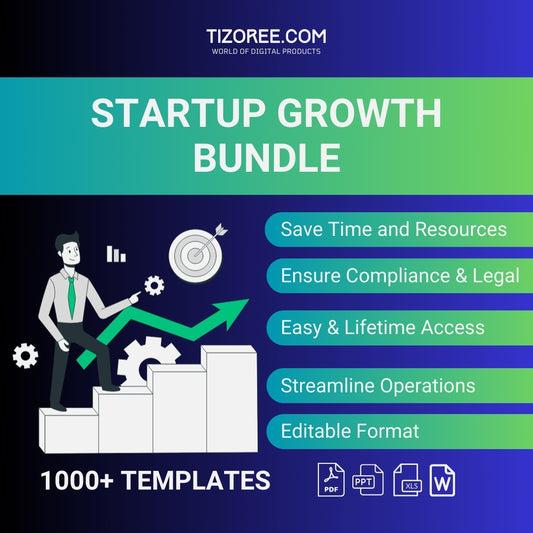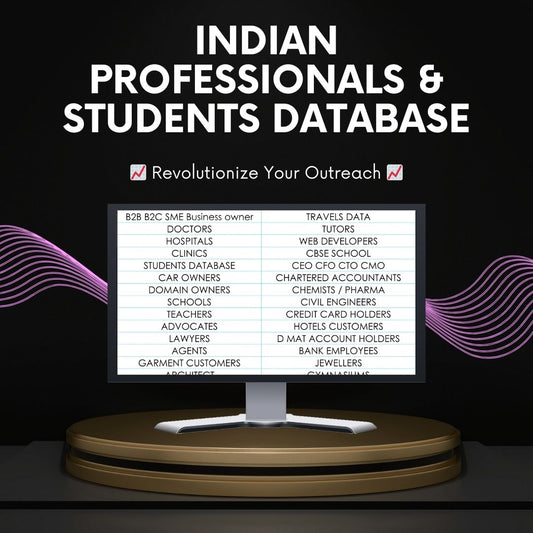Understanding Programmatic SEO: Your Complete Guide
Share
Programmatic SEO is a powerful marketing strategy that allows businesses to create hundreds of pages on their websites, enhancing visibility and driving traffic. In this guide, we will explore the essentials of programmatic SEO, including the role of headers and modifiers, the importance of datasets, and how to create bulk landing pages effectively. By the end, you will have a clear understanding of how to implement this strategy for your own website.
What is Programmatic SEO?
Programmatic SEO is the process of automating the creation of web pages that target specific keywords or phrases. This technique allows you to scale your content creation efforts significantly. The primary goal is to rank higher on search engines by leveraging long-tail keywords and creating relevant content quickly. By using data-driven insights, businesses can optimize their websites for better search visibility.
The Anatomy of Programmatic SEO
At its core, programmatic SEO involves building a framework where you can generate a large number of pages that share similar structures but target different keywords. The essential components include:
- Headers: These are the titles or headings that signal to search engines what the content is about.
- Modifiers: These are additional words or phrases added to the main keywords to create long-tail variations.
- Datasets: Collections of data that provide the necessary information to populate your web pages.
Creating Bulk Landing Pages
Creating bulk landing pages is a crucial step in programmatic SEO. This involves using tools that allow you to import large datasets and transform them into web pages. The process typically includes the following steps:
Step 1: Finding the Right Keywords
To start, you need to identify keywords that have high search volume and low competition. Using tools like Google Keyword Planner or SEMrush can help you find the right keywords. For example, if you’re targeting “dog breeds,” you might want to look for specific queries like “best food for golden retrievers.”
Step 2: Gathering Datasets
Once you have your keywords, the next step is to gather datasets. You can find datasets related to your niche on various websites. For instance, if you’re in the pet industry, you might look for datasets that list different dog breeds along with their characteristics. Websites like Kaggle or data.gov can be excellent resources.
Step 3: Preparing Your Data
After collecting your datasets, you will need to format them appropriately. This typically involves cleaning the data to remove any irrelevant information. Make sure your dataset includes all necessary columns, such as breed names, images, and descriptions. Once your data is ready, you can proceed to import it using a tool like WP All Import.
Using WP All Import for Bulk Pages
WP All Import is a powerful WordPress plugin that allows you to import data from CSV or XML files. Here’s how to use it effectively:
Step 1: Install the Plugin
First, you need to install the WP All Import plugin on your WordPress site. You can do this from the Plugins section of your dashboard. Once installed, activate the plugin to begin using it.
Step 2: Import Your File
Next, you’ll need to upload your CSV or XML file containing the data you prepared. WP All Import provides several options for uploading your file, including uploading directly from your computer or importing from a URL.
Step 3: Create a Template
Once your file is uploaded, you can start creating a template for your pages. WP All Import allows you to drag and drop elements from your dataset into the template. This is where you’ll specify how each piece of data will be displayed on your new web pages.
Step 4: Set Up Custom Fields and Taxonomies
In this step, you can add custom fields for SEO metadata, such as meta titles and descriptions. Additionally, you can assign categories and tags to your posts, which will help with internal linking and organization.
Step 5: Run the Import
After setting up your template and custom fields, it’s time to run the import. Depending on the size of your dataset, this process may take a few minutes. Once completed, you’ll have a series of new pages created based on your dataset.
Benefits of Programmatic SEO
Implementing programmatic SEO offers several advantages:
- Scalability: Quickly generate large volumes of content without the need for extensive manual effort.
- Cost-Effectiveness: Save time and resources by automating the content creation process.
- Improved Rankings: Target multiple keywords and long-tail phrases to increase your chances of ranking higher on search engines.
Examples of Programmatic SEO
There are many successful examples of programmatic SEO in action. For instance, e-commerce websites often use this strategy to create product pages for various items and categories. Similarly, travel sites may generate pages for different destinations, hotels, and attractions, each optimized for specific keywords.
Tips and Tricks for Effective Programmatic SEO
To maximize the effectiveness of your programmatic SEO efforts, consider the following tips:
- Regularly update your datasets to keep your content fresh and relevant.
- Monitor your rankings and traffic to identify which pages are performing well.
- Utilize internal linking to enhance the structure of your site and improve user navigation.
Conclusion
Programmatic SEO is a game-changer for businesses looking to enhance their online presence. By understanding how to leverage headers, modifiers, and datasets, you can create a robust strategy that drives traffic and improves search rankings. With tools like WP All Import, the process of creating bulk landing pages becomes straightforward and efficient.
As you embark on your programmatic SEO journey, remember to stay adaptable and continuously refine your approach based on performance data. Happy optimizing!



